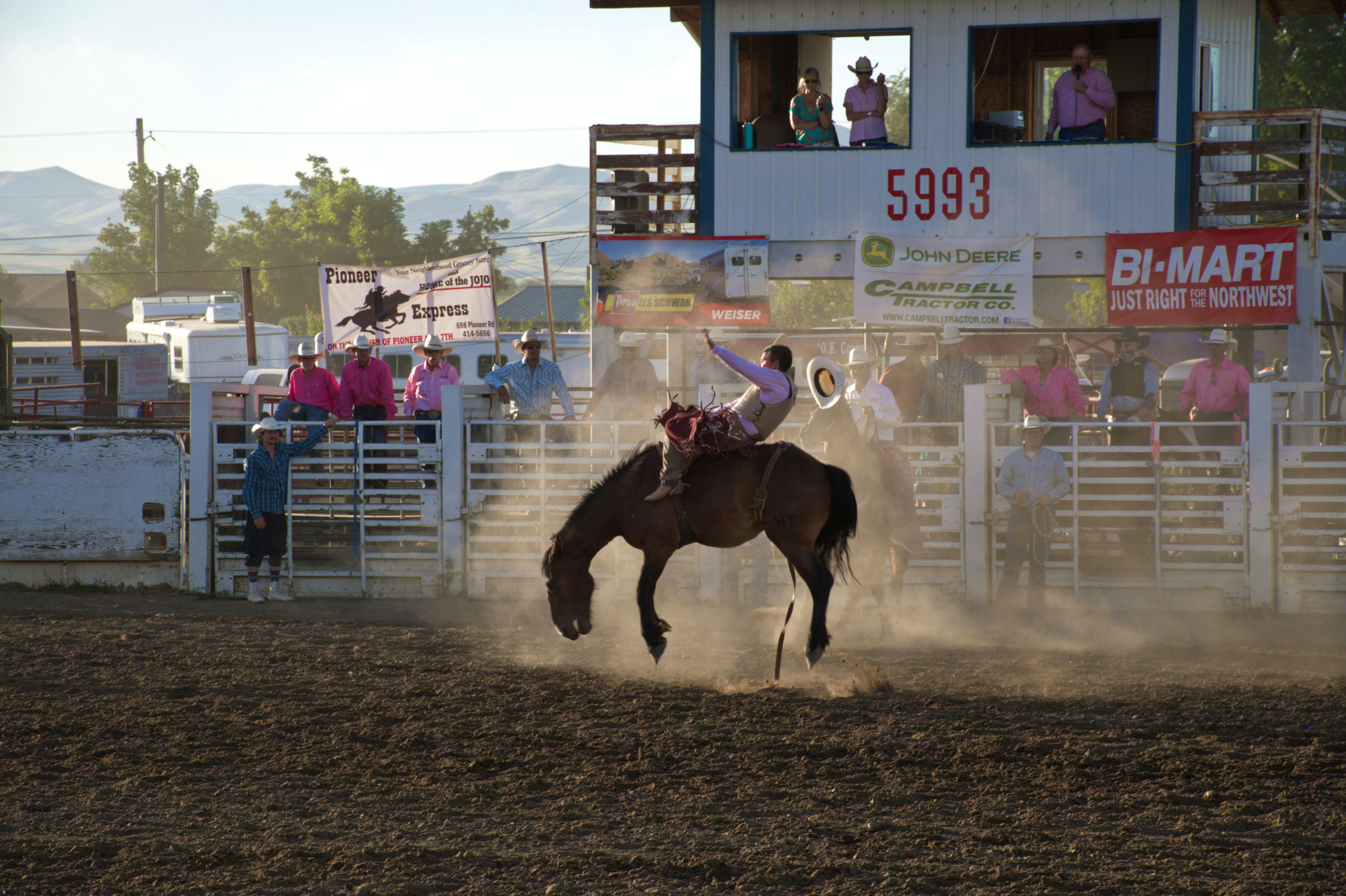
The first shutout of the National League
April 25, 1876 was the opening day of the new National League of Professional Base Ball Clubs. Tea Louisville (Ky.) Courier-Journal proclaimed the contest between the Louisville Grays and the Chicago White Stockings (now the Cubs) the “greatest game of baseball ever witnessed in Louisville.” It was estimated that more than 6,000 people attended the Louisville Baseball Park and enjoyed the weather “of the most flattering nature.” However the grandstand chicago he said only about 2,000 people attended.
On the White Sox mound for Opening Day was Albert Goodwill Spalding. Successfully lured to Chicago in the summer of 1875 for a $2,000 contract, Spalding had won 241 games from 1871 to 1875 for the Boston Red Sox. Louisville responded with James Devlin. Originally from Philadelphia, Devlin had been an infielder with the White Stockings in the old National Association in 1874 and 1875. After the Association dissolved and was replaced by the National League, Devlin became a pitcher. He was believed to be the first fist pitcher to ever throw a sinker ball.
Unlike modern baseball, a coin was tossed to see who would hit first in the game. The White Sox won the toss, but Louisville was designated to win first.
In the bottom of the second inning, Paul Hines led off for Chicago and reached first on an error by Grays first baseman John Carbine. After advancing to third on Spalding’s single, Hines came home when Robert Addy grounded out to Carbine.
Next inning, White Stockings’ Ross Barnes drew a walk and reached second after Adrian C. “Cap” Anson grounded out to Carbine. Barnes scored Chicago’s second run when second baseman Joe Gerhardt made a wild throw to Carbine. Spalding, Robert Addy and Deacon led off the bottom of the fourth with three straight singles. After Devlin started to throw to the next batter, Johnny Peters, he stopped when catcher Charles “Pop” Snyder didn’t look at him. Much to the chagrin of the Louisville fans, referee LB Warren called a balk and Spalding returned home. However, the White Sox scored no more runs in the inning.
In the bottom of the seventh, Barnes singled, advancing to second on Jack Chapman’s error, and scored Chicago’s final run when Anson got a hit. The reporter covering the ballgame for the Louisville Courier-Journal He thought Warren made a terrible decision when he ruled Barnes’ single to be in fair territory. But he added that the job of an arbitrator “is pitiful to do, and we are willing to give Mr. Warren credit for making decisions only when he really thought it was the right thing to do.”
In the top of the ninth, Louisville had one last chance to end the shutout. However, Chapman and George Bechtel hit weak ground balls to Spalding, and Devlin hit a popup that was caught by Peters. Unlike today, the White Sox batted in the bottom of the ninth even though they had already clinched the ball game, but didn’t score any runs.
While the 4-0 shutout wasn’t a game of great athletic merit (both teams committed nine errors and Spalding committed an embarrassing baserunning error), it was important not just because it was the first in National League history. Ultimately, it turned out to be an omen for both the White Sox and the Grays. The White Sox won the first National League pennant with a record of 54 wins and 14 losses. Over the next ten years, the White Sox would win an additional five pennants.
For the Greys, they would finish fifth in 1876 with an impressive record of 30 wins and 36 losses. The following year, the team folded after Devlin was banned from baseball for throwing baseball games. It would be another fifteen years before Louisville fielded another club in the National League, disbanding in 1899. Since then, Louisville has not had a Major League Baseball franchise.